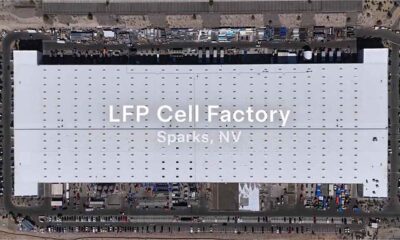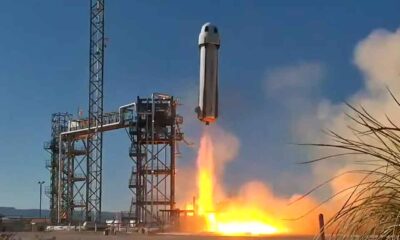SpaceX
SpaceX conducts Starship Flight 4 launch rehearsal
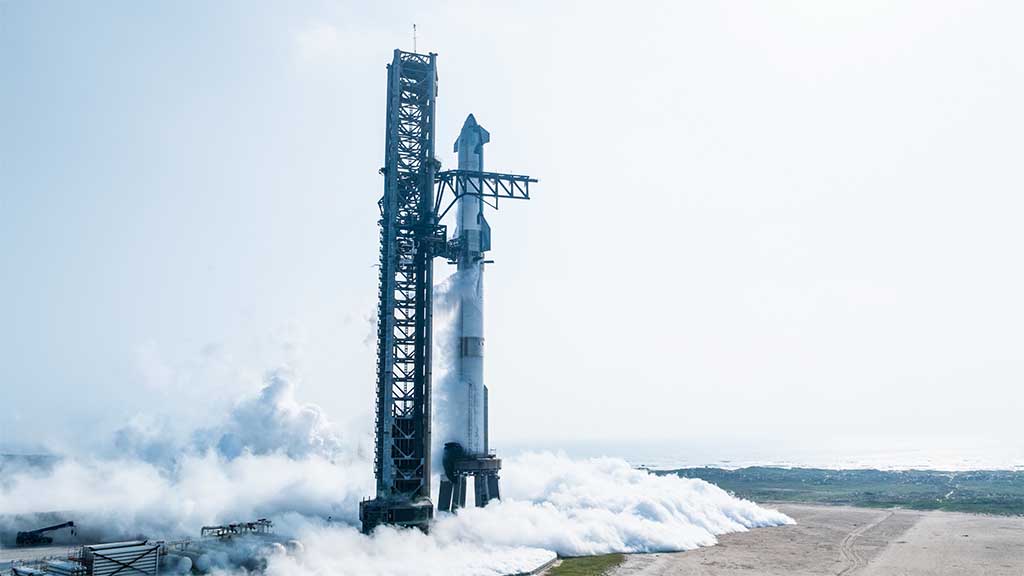
SpaceX has conducted a successful launch rehearsal for Starship Test Flight 4. This pre-flight test comes as the company has already completed static fire tests on both stages separately.
The launch rehearsal or wet dress rehearsal is a process of checking the vehicle readiness for the launch day. In today’s WDR, SpaceX filled Starship with propellants and tested tank pressurization without engine ignition.
The launch rehearsal includes the first and second stages of the integrated flight, which is 121 meters tall and 9 meters wide. The first stage is a Super Heavy booster using sub-cooled liquid methane and liquid oxygen with a propellant capacity of 3,400t. With its 33 Raptor engine, the first stage produces 7,590 tf of thrust to liftoff the integrated vehicle.
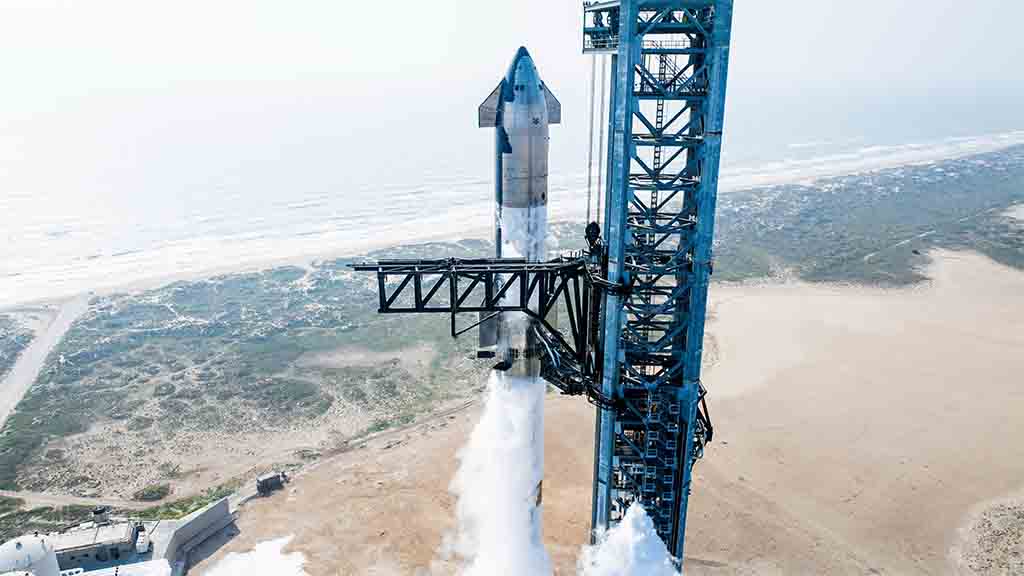
SpaceX conducting Wet Dress Rehearsal for Starship Flight Test at Starbase Texas (Image Source – SpaceX)
The second stage on the other hand is 50 meters tall and carries a propellant capacity of 1,200t. It certainly has reduced propellant capacity because of all of the heavy lifting that is done by the first stage.
This new test means that Starship is inching closer to launching this integrated fight test. SpaceX Founder and CEO, Elon Musk said that flight 4 is now 2 weeks away. Based on this projected launch window, Starship 4 could fly somewhere in June this year.
However, that will require a launch license from the Federal Aviation Administration (FFA). The agency is currently overseeing the mishap that occurred during the third flight.
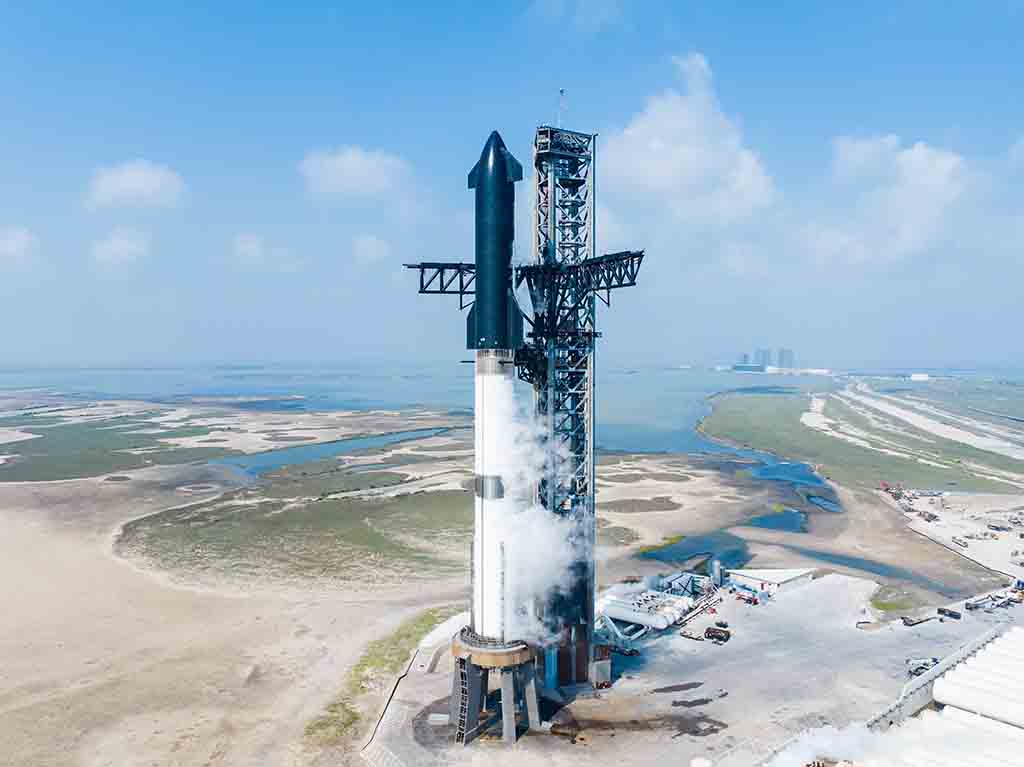
SpaceX conducting Wet Dress Rehearsal for Starship Flight Test at Starbase Texas (Image Source – SpaceX)
Flight 4 will primarily focus on two aspects, atmospheric reentry and landing both stages at the planned zones. The first aim requires the company to endure the Starship spacecraft through maximum velocity descent heat. During the third flight, SpaceX successfully descended the second stage from orbit but lost signals before landing.
The company will need to work on those plasma heat shields to achieve this new milestone and then move toward the landing part.



